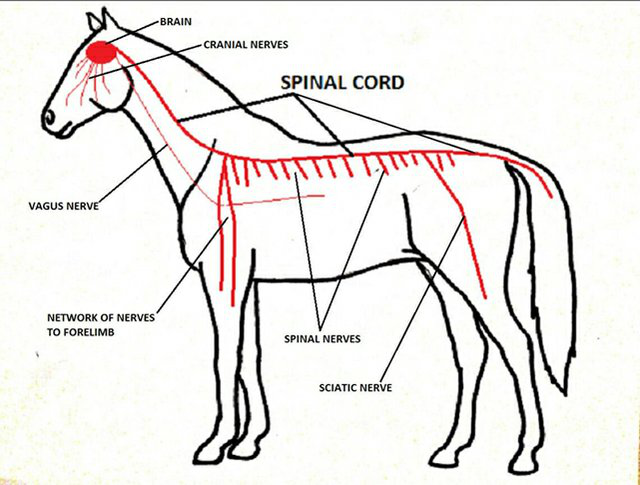- Home
- Equine Bodywork (CranioSacral Therapy, Massage Therapy, Red Light Therapy, Kinesio Taping)
- About Anja Wuerminghausen
- Benefits of Massage
- Services
- Chair Massage for Businesses
- Hours
- Rates
- Forms (Contact + Intake Forms)
- Policies
- Location
- Products for sale
- Reviews
- Equine CranioSacral Therapy
- Equine Massage Therapy
- Equine KinesioTaping
- NEW PRODUCT: EQU Streamz Magnet bands for horses
